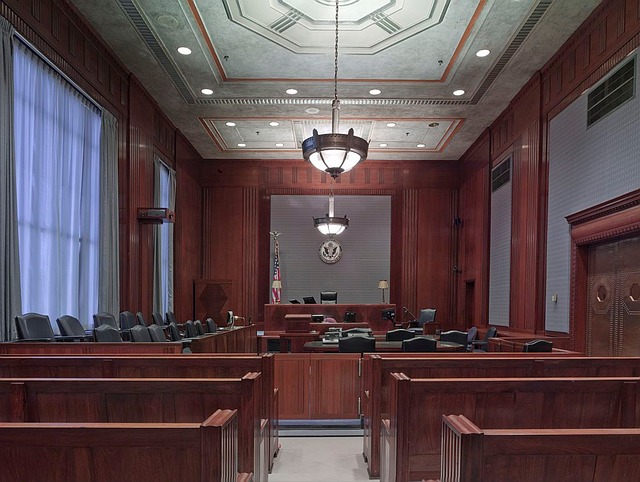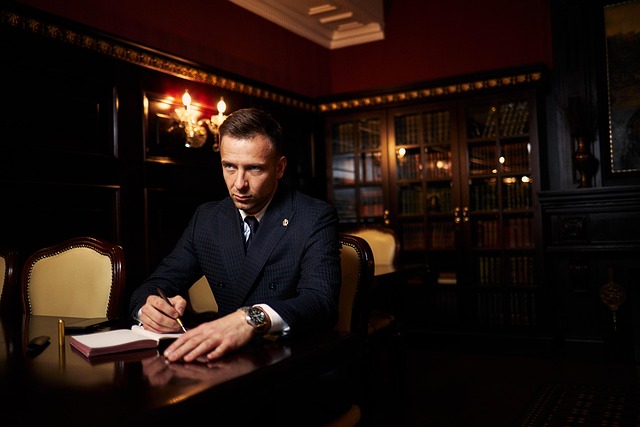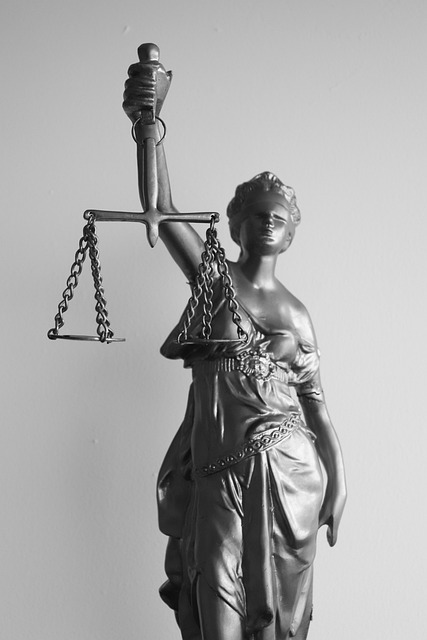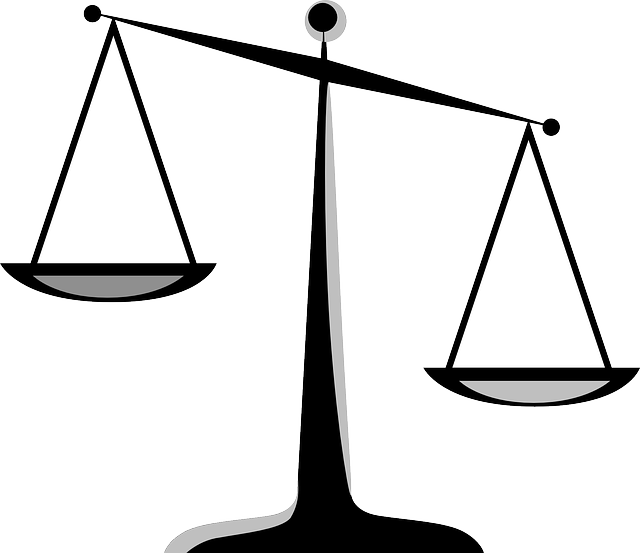Regulatory fraud laws protect financial markets and consumer rights by penalizing deceptive practices, with a Criminal Procedure Timeline from Arrest to Trial guiding white-collar defense cases. Shaping these laws through philanthropy and politics, successful defenses require strategic legal maneuvering. The timeline begins with arrest and initial court appearance, followed by law enforcement investigation and pre-trial actions like indictment. The trial phase involves evidence gathering, legal argumentation, and jury deliberation, aiming for a verdict that may set precedents for similar cases, emphasizing the importance of meticulous documentations and nuanced interpretations in this high-stakes process.
Regulatory fraud laws are critical components of modern legal systems, designed to protect against deceptive practices that undermine public trust and economic stability. This article delves into the intricate world of regulatory fraud, exploring key aspects such as definitions, the criminal procedure timeline from arrest to trial, pre-trial actions, and the trial process. Understanding these elements is essential for both legal professionals and citizens seeking to navigate complex regulatory environments with integrity.
- Understanding Regulatory Fraud Laws: Definitions and Scope
- The Criminal Procedure Timeline: From Arrest to Initial Court Appearance
- Pre-Trial Actions: Investigation, Indictment, and Preparations
- Trial Process: Presenting Evidence, Legal Arguments, and Jury Verdict
Understanding Regulatory Fraud Laws: Definitions and Scope

Regulatory fraud laws are designed to protect the integrity of financial markets, consumer rights, and public safety by penalizing individuals who manipulate or deceive regulatory bodies for personal gain. These laws encompass a wide range of activities, including but not limited to, falsifying financial statements, misrepresenting facts to obtain licenses or permits, and concealing material information from regulators. The scope of these regulations extends beyond traditional criminal offenses, encompassing complex schemes that exploit legal loopholes and leverage insider knowledge.
Understanding the scope of regulatory fraud laws is crucial in navigating the criminal procedure timeline from arrest to trial for those accused of such crimes. Unlike standard criminal cases, white-collar defense often involves intricate factual investigations, meticulous documentation, and nuanced interpretations of regulations. The philanthropic and political communities have played a significant role in shaping these laws, ensuring they remain adaptive and effective in combating ever-evolving fraudulent practices. Winning challenging defense verdicts in regulatory fraud cases requires strategic legal maneuvering to challenge the government’s evidence and interpret the law in favor of the accused.
The Criminal Procedure Timeline: From Arrest to Initial Court Appearance
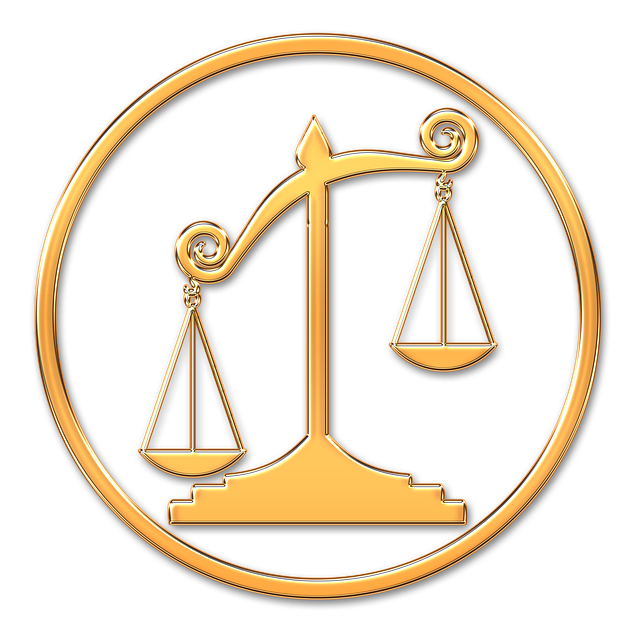
The journey through the criminal justice system begins with an arrest, triggering a meticulous and structured Criminal Procedure Timeline. This timeline is crucial in high-stakes cases, especially white collar offenses where intricate investigative and enforcement processes are involved. From the moment of detention, law enforcement agencies must adhere to specific protocols, ensuring every step is documented and legally sound. The initial court appearance, often referred to as the first hearing, is a pivotal point in this timeline. During this stage, the accused is informed of the charges, and a judge sets bail or remands them into custody pending further proceedings.
This early phase is critical for both prosecutors and defendants’ legal teams, setting the tone for all stages of the investigative and enforcement process that follow. The efficiency and fairness of these initial procedures can significantly impact the outcome of the case, especially in complex white collar defense matters where meticulous record-keeping and strategic planning are paramount.
Pre-Trial Actions: Investigation, Indictment, and Preparations
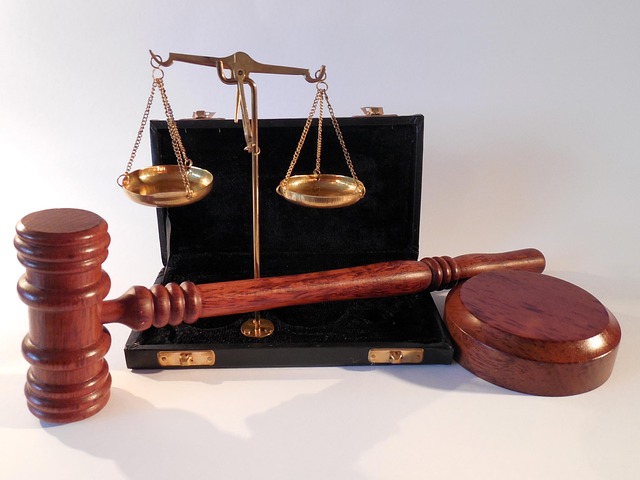
Following an arrest, the criminal procedure timeline for regulatory fraud cases begins with a thorough investigation led by law enforcement agencies. This phase is crucial in gathering evidence and establishing the elements of the crime, often involving complex financial records and intricate legal arguments. Prosecutors work closely with investigators to navigate the intricacies of these high-stakes cases, ensuring a solid foundation for their case.
As pre-trial actions progress, prosecutors may file an indictment—a formal accusation of guilt—in court, setting in motion the legal process. This step marks the beginning of intense preparations for both sides. The defense team scrutinizes the evidence, identifies weaknesses, and forms their strategy while prosecutors refine their theories and gather additional support from relevant regulatory bodies and the philanthropic and political communities. This strategic dance culminates in a trial where the criminal procedure timeline finds its climax, ultimately determining the outcome of these significant legal battles.
Trial Process: Presenting Evidence, Legal Arguments, and Jury Verdict

The trial process for regulatory fraud cases is a meticulous dance involving strict adherence to legal procedures and a clear Criminal Procedure Timeline from arrest to trial. Once charges are filed, the defendant’s journey through the justice system begins. The defense strategy typically unfolds in three distinct yet interconnected phases: evidence gathering, legal argumentation, and jury deliberation.
During the trial, both the prosecution and defense present their cases before a judge and jury. Prosecutors meticulously lay out their evidence, including financial records, witness testimonies, and expert analyses, aiming to prove beyond a reasonable doubt that the defendant engaged in fraudulent activities. In contrast, white-collar defense attorneys focus on challenging the admissibility of evidence, questioning witnesses, and presenting legal arguments that highlight procedural errors or mitigating factors. The culmination of these efforts leads to a jury verdict, where the collective judgment determines the outcome, potentially setting a precedent with an unprecedented track record in similar cases.
Regulatory fraud laws are a cornerstone of maintaining integrity in business and government operations. By understanding the definitions, scope, and specific procedural steps outlined in this article—from arrest to trial through the criminal procedure timeline—we can better navigate and uphold these crucial legal frameworks. Each phase, from initial investigation to jury verdict, plays a vital role in ensuring accountability and justice for those who engage in fraudulent activities.
